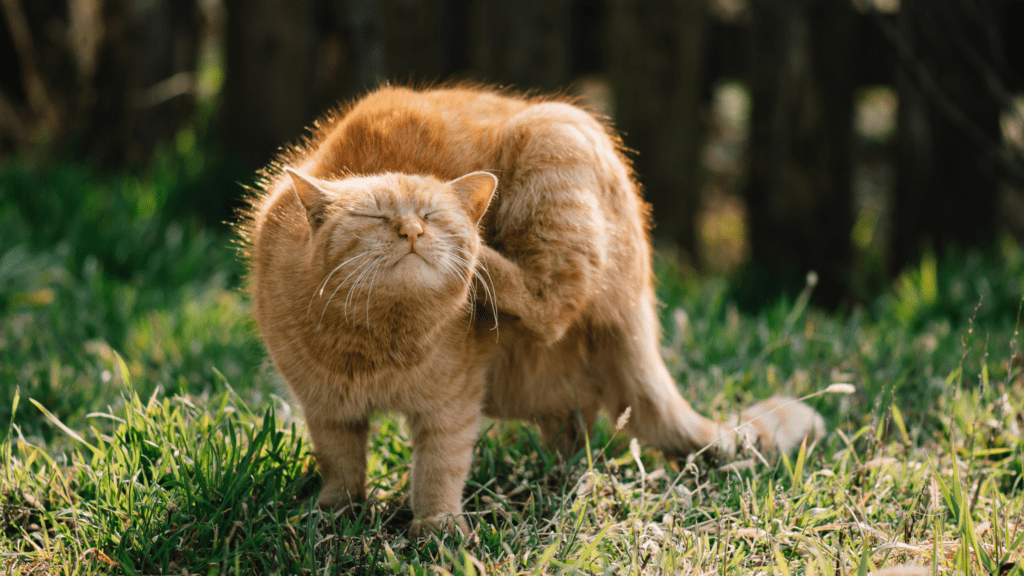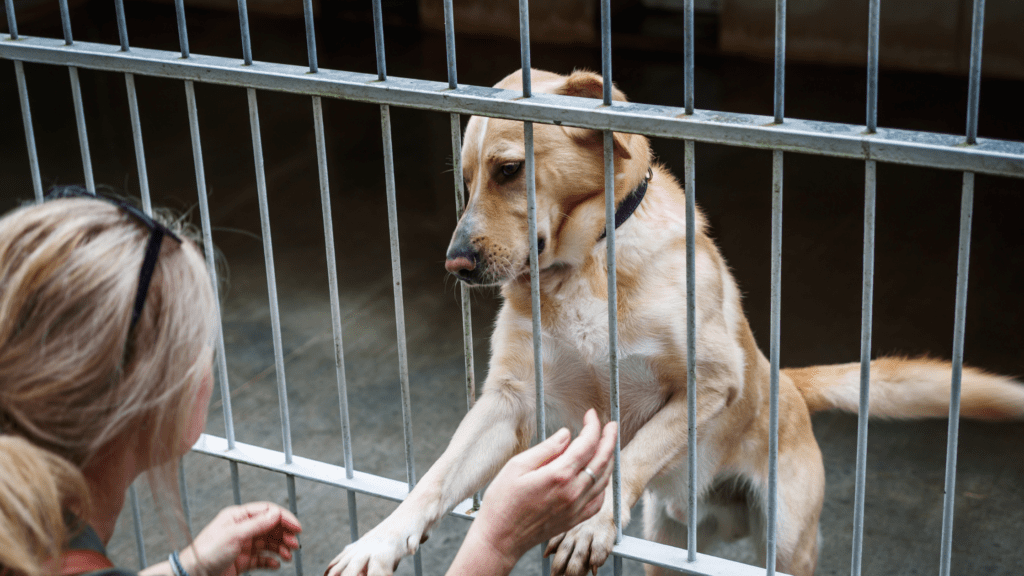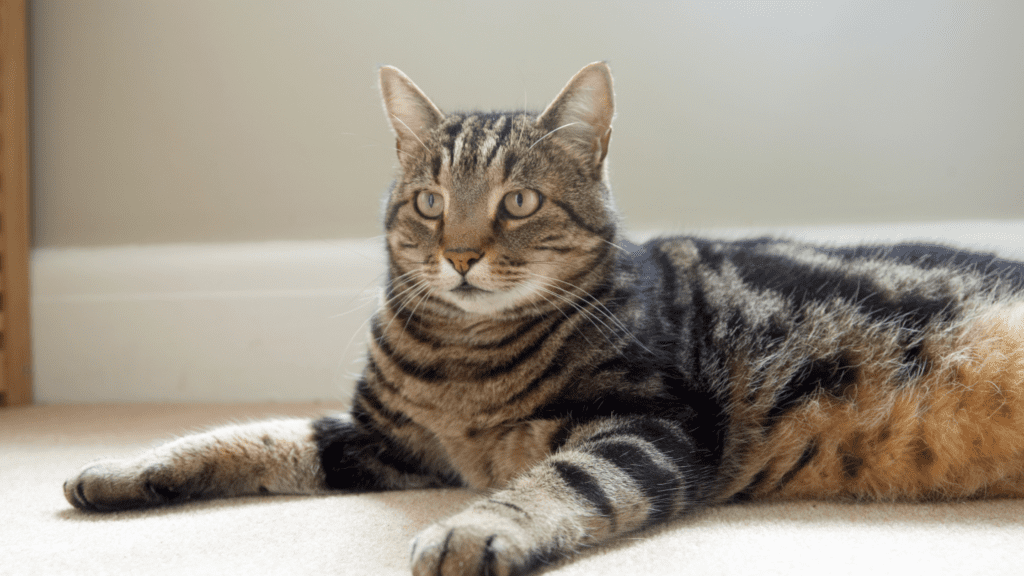The Best National Parks That Are Dog Friendly: Explore With Your Furry Friend!
Are you an outdoor lover who hates leaving your furry friend behind? You’re not alone! Many dog owners want to explore national parks that are dog friendly, but not all parks allow pets. According to the National Park Service, only about 40% of U.S. national parks allow dogs on their trails and campgrounds . That means planning ahead is crucial if you want your pup to enjoy the adventure with you.
In this guide, we’ll highlight some of the best pet-friendly national parks, explain the rules for dogs in national parks, and provide expert tips to ensure you and your dog have a safe and enjoyable trip.
Why Are Some National Parks Not Dog Friendly?
Not all national parks welcome pets everywhere. The restrictions exist for important reasons, mainly to protect wildlife, natural habitats, and visitors.
Environmental Protection Concerns
National parks are home to fragile ecosystems. Dogs, even the most well-behaved ones, can unknowingly disrupt the environment by:
- Digging up soil, damaging native plants
- Carrying and spreading non-native seeds
- Disturbing nesting birds and small mammals
Wildlife Safety Issues
Many national parks have wildlife that could be dangerous to pets. Allowing dogs in sensitive areas could result in:
- Increased encounters with predators like wolves, bears, and coyotes
- Stress on local wildlife due to barking and chasing
- Potential transmission of diseases between pets and wild animals
Park Regulations and Restrictions
Each park has its own set of rules, but most have the following restrictions:
- Leash laws requiring dogs to stay on designated trails
- Bans on dogs in backcountry areas
- Stricter pet waste disposal rules to protect water sources
Top National Parks That Are Dog Friendly
Fortunately, some national parks understand that dogs are part of the family! Here are some of the best national parks and dogs-friendly locations in the U.S.
Acadia National Park (Maine)
Acadia is one of the most dog-friendly national parks in the U.S.
- Over 100 miles of pet-friendly hiking trails
- Carriage roads where dogs are welcome
- Sand Beach and Echo Lake allow leashed pets
Shenandoah National Park (Virginia)
If you love the Blue Ridge Mountains, Shenandoah is a must-visit.
- 500+ miles of trails open to dogs
- Pet-friendly campgrounds
- Several scenic overlooks for photo ops with your pup
Grand Canyon National Park (Arizona)
While some areas of the Grand Canyon are off-limits to pets, the South Rim offers fantastic options.
- South Rim Trail allows leashed dogs
- Yavapai Lodge offers pet-friendly accommodations
- Kennel service available for visitors
Great Sand Dunes National Park (Colorado)
This park offers a unique experience with its massive sand dunes.
- Dogs allowed on all unpaved roads
- Pet-friendly campsites
- Year-round access except in protected dune areas
Cuyahoga Valley National Park (Ohio)
Perfect for those who enjoy nature and history combined.
- Over 125 miles of dog-friendly trails
- The Towpath Trail allows leashed pets
- Scenic waterfalls and picnic areas that welcome pets
White Sands National Park (New Mexico)
This park is one of the most pet-friendly national parks, with very few restrictions.
- Dogs allowed on all trails
- No breed or size restrictions
- Sand dunes make for a fun adventure for pups
National Parks and Dogs – Rules and Regulations
Each park has its own policies, but these are the general rules that apply to most parks.
| Rule | Explanation |
| Leash Laws | Dogs must be on a leash (usually max 6 feet) at all times. |
| Restricted Areas | Many parks do not allow dogs in backcountry or fragile ecosystems. |
| Pet Waste | Owners must clean up after their pets and dispose of waste properly. |
| Quiet Hours | Barking and loud noises should be minimized, especially in campgrounds. |

How to Prepare for a National Park Trip With Your Dog
Bringing your dog to a national park requires preparation to keep them safe and comfortable.
Essential Packing List for Dogs
Make sure you have these essentials before heading out:
- Leash & Harness – Required in most parks
- Collapsible Water Bowl – Keep your dog hydrated
- Poop Bags – Always clean up after your pet
- ID Tags & Microchip – Ensure your pet can be identified if lost
- First Aid Kit – For minor injuries or emergencies
Hydration and Nutrition Needs
Keeping your dog hydrated is critical, especially in warm climates.
- Carry extra water for both you and your pup
- Avoid feeding new or unfamiliar food before the trip
- Bring protein-rich snacks for energy during hikes
Safety Tips for Dogs in National Parks
National parks have varying terrains and wildlife, so always stay alert.
- Keep your dog leashed at all times
- Watch out for extreme temperatures that could cause overheating
- Be aware of wildlife encounters and avoid leaving food around
Best Seasons to Visit With Your Dog
| Season | Pros | Cons |
| Spring | Mild temperatures, fewer crowds | Some trails may be muddy |
| Summer | Long daylight hours, more activities | Hot temperatures, more pet restrictions |
| Fall | Beautiful foliage, cooler weather | Can be busy in peak months |
| Winter | Quiet, peaceful trails | Some parks may have limited access |
Pro Tips for a Stress-Free Adventure With Your Dog
Traveling with a dog requires planning, but these tips will help make your trip easier:
- Start with shorter hikes before tackling long trails.
- Check park regulations ahead of time for pet restrictions.
- Invest in a dog backpack to help them carry essentials.
- Choose pet-friendly lodging if staying overnight.
Pro Tip: Always have a backup plan! Some parks might have unexpected pet restrictions, so research nearby state parks or dog parks as alternatives.
Conclusion
Exploring national parks with dogs is an incredible experience when done right. By choosing the best pet-friendly national parks, following park regulations, and preparing in advance, you and your furry friend can enjoy the great outdoors together. Just remember to respect nature, clean up after your pet, and have fun!
FAQs
1. Which U.S. national parks allow dogs?
Many parks, including Acadia, Shenandoah, and the Grand Canyon, allow dogs in designated areas and campgrounds.
2. Are there any restrictions on where dogs can go in national parks?
Yes, many parks limit pets to specific trails and prohibit them from backcountry areas.
3. What are the best dog-friendly trails in national parks?
Popular options include South Rim Trail (Grand Canyon) and Towpath Trail (Cuyahoga Valley).
4. Can I bring my dog camping in national parks?
Yes! Many parks offer pet-friendly campsites, but check regulations before visiting.
5. What should I do if my dog encounters wildlife in a national park?
Keep your dog leashed, stay calm, and back away slowly. Never let your pet chase wildlife.













